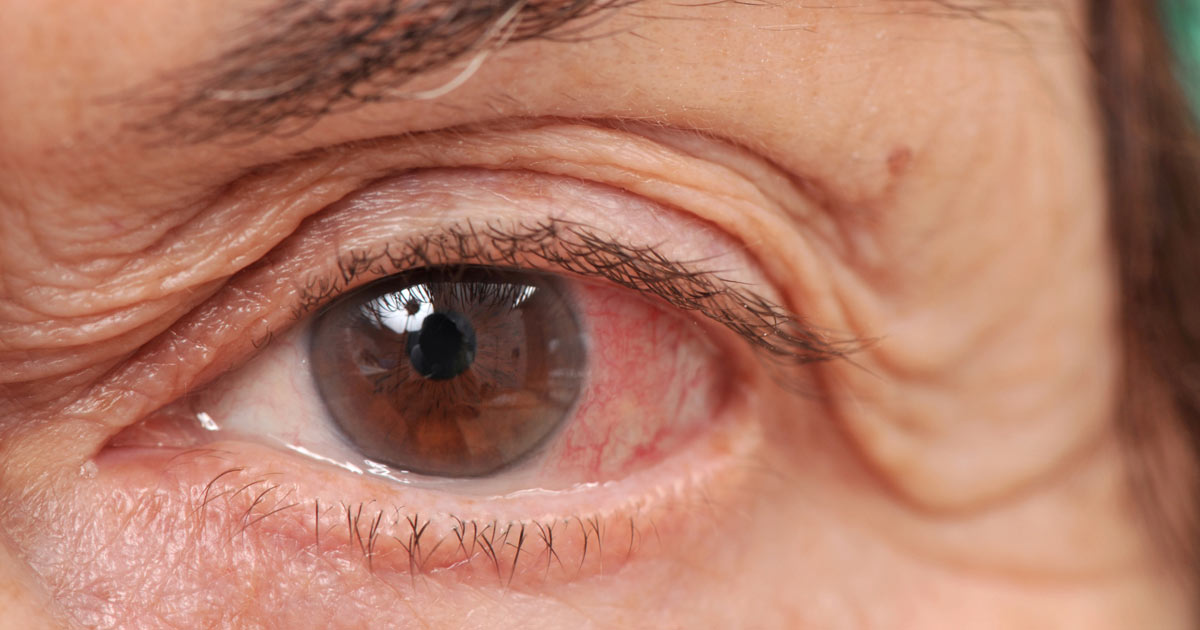Causes, Symptoms, And Treatments Of Eye Allergies
Beyond the familiar sneezes and sniffles, your eyes can also fall victim to the invisible invaders of allergy season, turning bright days into blurry, itchy discomfort. Imagine a world where your vision blurs, your eyes burn, and every blink feels like grit. This isn't just irritating; it's your immune system reacting to environmental triggers, leading to what's known as ocular allergies or allergic conjunctivitis. While often temporary, the symptoms can mimic more serious eye conditions, making professional insight crucial. To shed light on this often-overlooked aspect of allergies, we've significantly expanded our comprehensive guide to bring you 22 crucial insights into eye allergies. Get ready to understand their types, uncover their sneaky causes, recognize their tell-tale symptoms, and discover effective treatments to reclaim your clear, comfortable vision.
1. Types Of Eye Allergies

The two main types of eye allergies are seasonal and perennial. Seasonal allergies are more common than perennial. They occur at certain times of the year, such as in early spring and autumn, and are caused by allergens in the air, such as pollen from trees, weeds, and grass, along with mold. Perennial allergies occur all year long and are caused by triggers such as dust mites, animal or pet dander, and bedding feathers. The easiest way to determine which type of allergy is present is to pay attention to when symptoms arise. Learn about the process of an allergic reaction to a trigger next.
2. The Process Of An Allergic Reaction

Eye allergies occur as a result of an immune system response to a stimulant or an allergen in the environment that typically does not cause problems for other individuals. An allergic reaction occurs when an allergen or an irritant comes in contact with the mast cells in an individual's eyes, resulting in the release of histamine and other substances that cause the tiny blood vessels in the eye to leak. This causes the eyes to become red, watery, and itchy. Continue reading to uncover the full details on the various causes behind eye allergies in individuals next.
